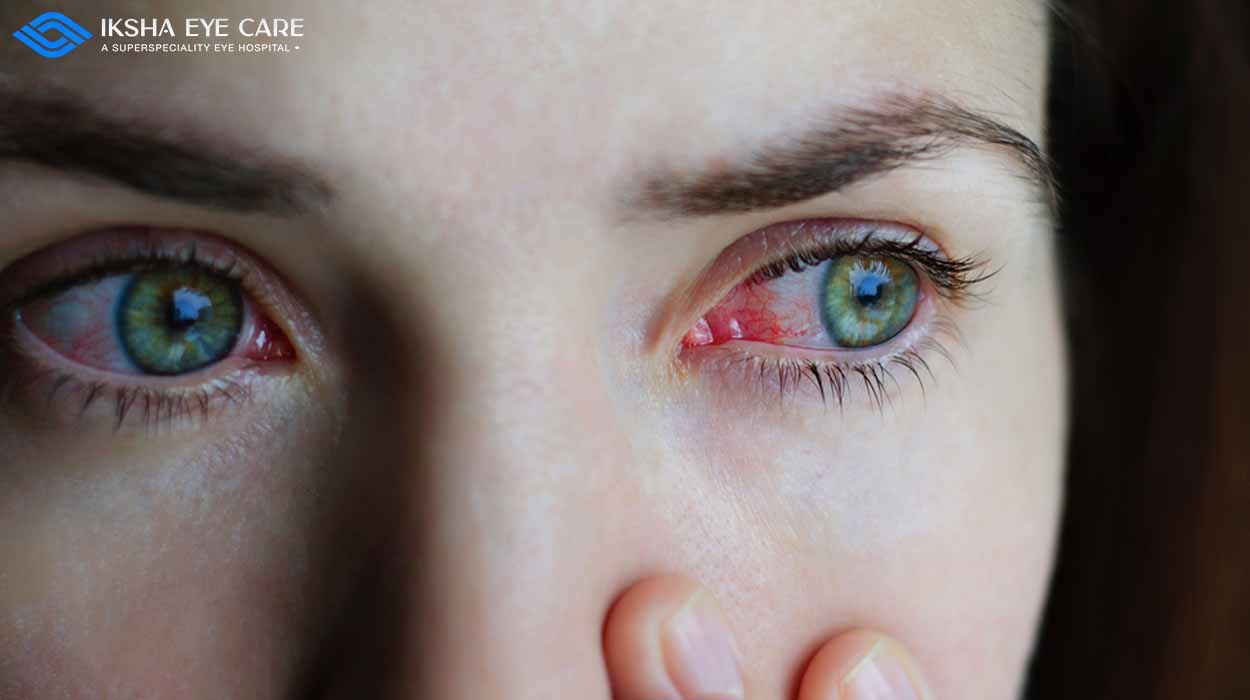
As the globe grapples with a current outbreak of eye flu, it is critical to recognise the symptoms, take precautions, and learn about treatment options. Conjunctivitis, often known as pink eye, is a highly infectious infection that affects the conjunctiva, the thin, transparent membrane that covers the white area of the eye and the inner eyelids. This blog attempts to give complete information about eye flu, including symptoms, preventative techniques, and coping strategies during this outbreak.
Understanding Eye Flu: Symptoms and Causes
Eye flu can be caused by a variety of reasons, including viruses, germs, and allergies. Redness, itching, tears, and a discharge that may crust over the eyelids are the most frequent symptoms of eye flu. Vision may also be briefly impaired in certain people.
Prevention Strategies
Because eye flu is very infectious, it is critical to take precautions to protect yourself and others. During the current epidemic, here are some practical precautions you may take:
- Frequent Handwashing: Wash your hands with soap and water for at least 20 seconds on a frequent basis. Avoid touching your face, especially your eyes, since this might help the virus or bacteria spread.
- Avoid Close Contact: If someone in your family or office has eye flu, avoid close contact and avoid sharing personal objects such as towels, pillows, or eye makeup.
- Disinfect Frequently Touched Surfaces: Clean and disinfect frequently touched surfaces such as doorknobs, counters, and computer keyboards on a regular basis.
- Follow Respiratory Etiquette: If you are experiencing symptoms of eye flu, cough or sneeze into your elbow to prevent the spread of the infection.
- Avoid Using Contact Lenses: If you wear contact lenses, switch to glasses temporarily during an eye flu outbreak to reduce the risk of contamination and irritation.
Tips for Eye Flu Relief
While eye flu usually goes away on its own within a week or two, the agony can be excruciating. Here are some symptom-relieving tips:
- Warm Compress: Apply a warm compress to your closed eyes to relieve discomfort and decrease crust development. Place a clean, lint-free cloth soaked in warm water over your eyes for a few minutes.
- Lubricating Eye Drops: These over-the-counter eye drops can help relieve dryness and irritation. For sensitive eyes, choose for preservative-free drops.
- Resist Rubbing Your Eyes: As tempting as it may be, resist rubbing your eyes since it can aggravate inflammation and perhaps transfer the infection to the other eye or to others.
- Cool Compress for Allergic Conjunctivitis: If your eye flu is caused by allergies, use a cool compress instead of warm to soothe the inflammation.
- Keep Hydrated: Drink plenty of water to stay hydrated, which can also help maintain the moisture in your eyes.
- Rest: Give your eyes adequate rest by limiting screen time and taking short breaks if you work on a computer for extended periods.
- Remove Contact Lenses: If you must use contact lenses, remove them as soon as you notice signs of eye flu and visit your eye care specialist for further instructions.
- Seek Medical assistance: Seek medical assistance immediately if your symptoms intensify or last for more than a couple of weeks, or if nbvyou have significant pain or visual problems.
To summarize, eye flu, also known as conjunctivitis, can be a difficult illness to treat during a current outbreak. Understanding the symptoms, taking preventive actions, and following relief strategies are critical for properly managing the issue. We may protect ourselves and those around us from the discomfort and spread of eye flu by practicing good hygiene, adopting preventative measures, and seeking medical assistance when necessary.




